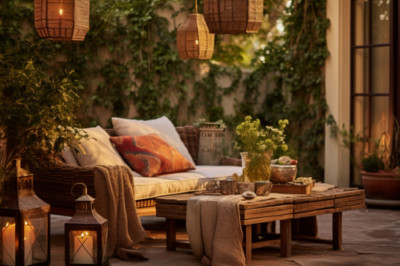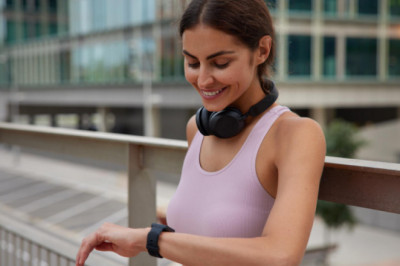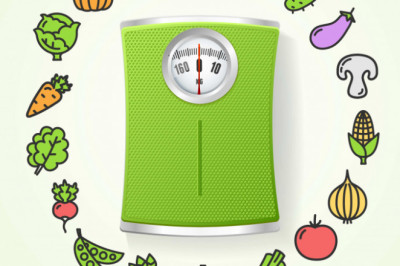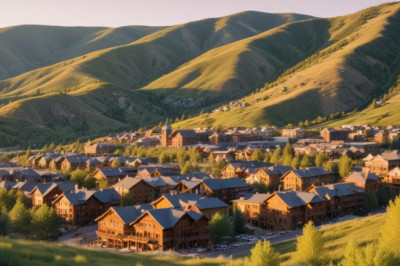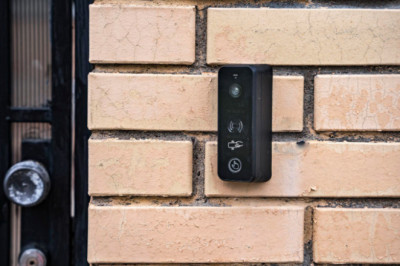Disclosure: This page contains affiliate links, meaning, at no additional cost to you, we may earn a commission if you click through and make a purchase.
As you step into the world of professional photography, the vast array of camera gear can seem overwhelming. This guide will help you understand the essentials and make informed decisions about your equipment.
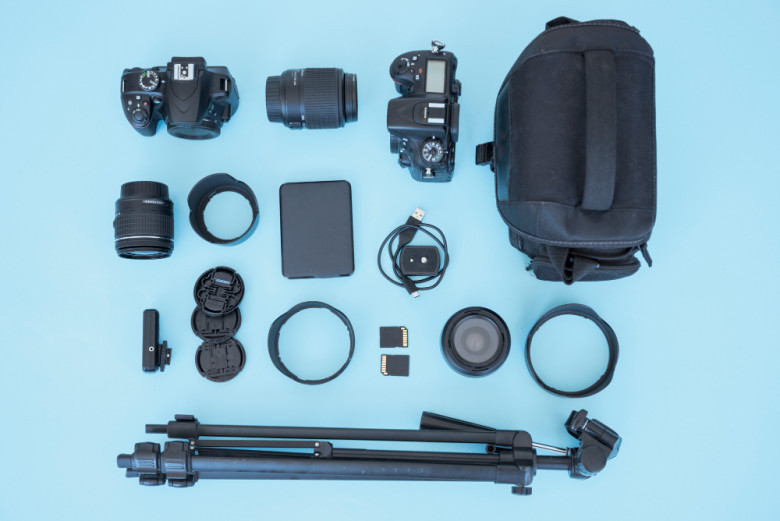
Understanding the Basics
Before diving into specific gear recommendations, it's crucial to understand the fundamental components of a professional camera setup:
- Camera Body: The core of your setup, housing the image sensor and processing engine.
- Lenses: Perhaps more important than the camera body, lenses determine the type of images you can capture.
- Lighting: Essential for controlling the mood and quality of your images.
- Tripods and Stabilization: Crucial for sharp images, especially in low light conditions.
- Storage and Backup: Necessary for safeguarding your work.
Choosing Your First Professional Camera
When selecting a camera, consider these factors:
- Sensor Size: Full-frame sensors offer better low-light performance and image quality but are more expensive. APS-C sensors are a good middle ground.
- Resolution: Higher megapixel counts allow for larger prints and more cropping flexibility.
- Autofocus System: Look for cameras with fast and accurate autofocus, especially if you'll be shooting moving subjects.
- Weather Sealing: Important if you'll be shooting outdoors frequently.
Some reputable brands offer excellent options for beginners transitioning to professional gear. Research their latest mirrorless and DSLR offerings to find one that fits your needs and budget.
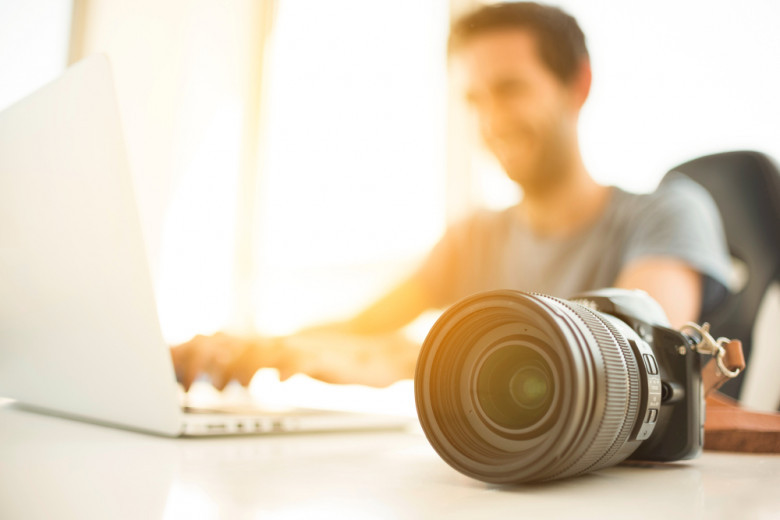
Essential Lenses for Beginners
Start with these versatile lenses:
- Standard Zoom (24-70mm): Great for everyday shooting and events.
- Wide-Angle (16-35mm or similar): Ideal for landscapes and architecture.
- Telephoto (70-200mm): Perfect for portraits and sports photography.
Prime lenses (fixed focal length) are also worth considering for their superior image quality and wide apertures.
Lighting Equipment
Invest in:
- A reliable speedlight (flash)
- A basic lighting kit with softboxes or umbrellas
- Reflectors for manipulating natural light
Tripods and Stabilization
Choose a sturdy tripod that's still lightweight enough to carry. Consider:
- Carbon fiber for lighter weight
- A ball head for versatility
- Quick-release plates for convenience
Storage and Backup
Invest in:
- High-speed, high-capacity memory cards
- External hard drives for backup
- Consider a cloud storage solution for additional security
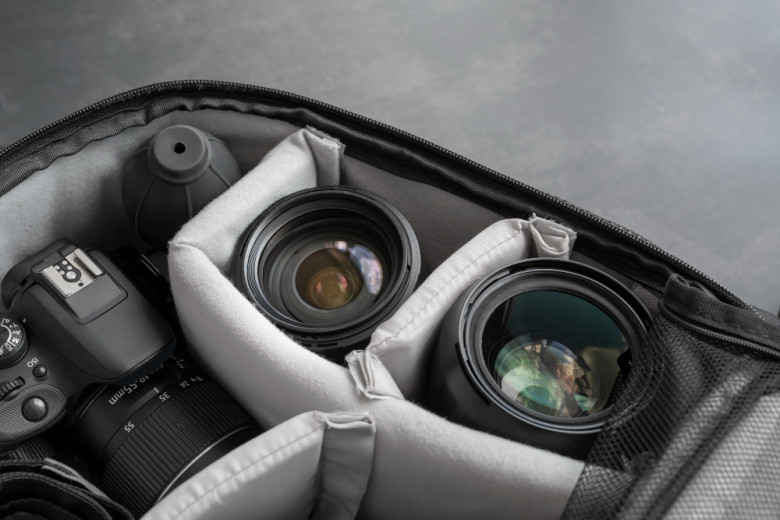
Where to Shop
Look for reputable online retailers specializing in photography equipment. The best ones offer:
- Wide selection of brands and products
- Competitive prices
- Excellent customer service
- Educational resources and buying guides
- Generous return policies
Remember, the best camera is the one you have with you. Start with the basics and gradually build your kit as you develop your skills and identify your specific needs. With time and practice, you'll find the perfect balance of gear that allows you to capture your creative vision.


